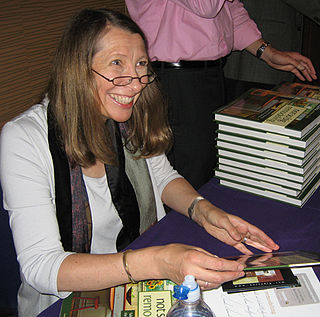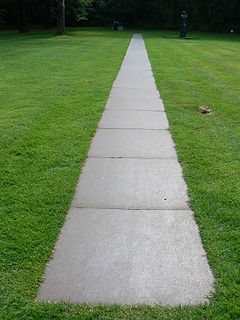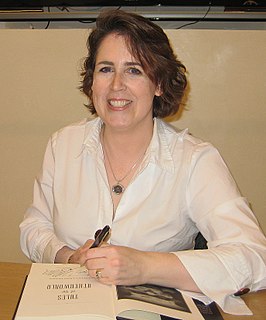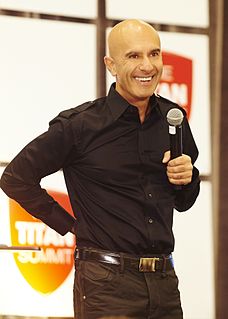A Quote by Walter J. Phillips
The impression of wood-grain... must be considered, not only as regards texture and visibility, but for the occasional possibility of the expression of form. A soft wood, with hard annulations, such as fir, prints very dearly.
Quote Topics
Related Quotes
There must be a union between the spirit in wood and the spirit in man. The grain of the wood must relate closely to its function. The abutment of the edge of one board to an adjoining board can mean the success or failure of a piece. () Gradually a form evolves, much as nature produces the tree in the first place. The object created can live forever. The tree lives on in its new form. The object cannot follow a transitory “style”, here for a moment, discarded the next. Its appeal must be universal. Cordial and receptive, it should invite a meeting with man
Writing, for me, is a little like wood carving. You find the lump of tree (the big central theme that gets you started), and you start cutting the shape that you think you want it to be. But you find, if you do it right, that the wood has a grain of its own (characters develop and present new insights, concentrated thinking about the story opens new avenues). If you're sensible, you work with the grain and, if you come across a knot hole, you incorporate that into the design. This is not the same as 'making it up as you go along'; it's a very careful process of control.
Can a woodchuck chuck wood? Because the question is, "how much wood could a woodchuck chuck if," so you haven't established or proved without any shadow of a doubt that a woodchuck could chuck wood. Frankly, I believe that they chew wood. I don't think they can chuck wood at all! I take offense to the whole chucking question.
James Hardie(R) siding is a sustainable and marvelous substitute for wood. It's available pre-colored and the finish truly looks like high-grade wood siding. I've used this product line for years, and have been delighted with the results. It's the only product I will consider substituting for wood, and in many climates it's significantly preferable because of its stability.
Midway along the journey of our life I woke to find myself in a dark wood, for I had wandered off from the straight path. How hard it is to tell what it was like, this wood of wilderness, savage and stubborn (the thought of it brings back all my old fears), a bitter place! Death could scarce be bitterer. But if I would show the good that came of it I must talk about things other than the good.
When people say "How do you write a book, how does it all happen?" I say, you line things up, and you line them up as actually as you possibly can, but sooner or later the book has got momentum and it's moving along under that momentum. It's like a sculpture, if you're working with the grain of the wood, the wood will start defining what shape it's going to become.
































